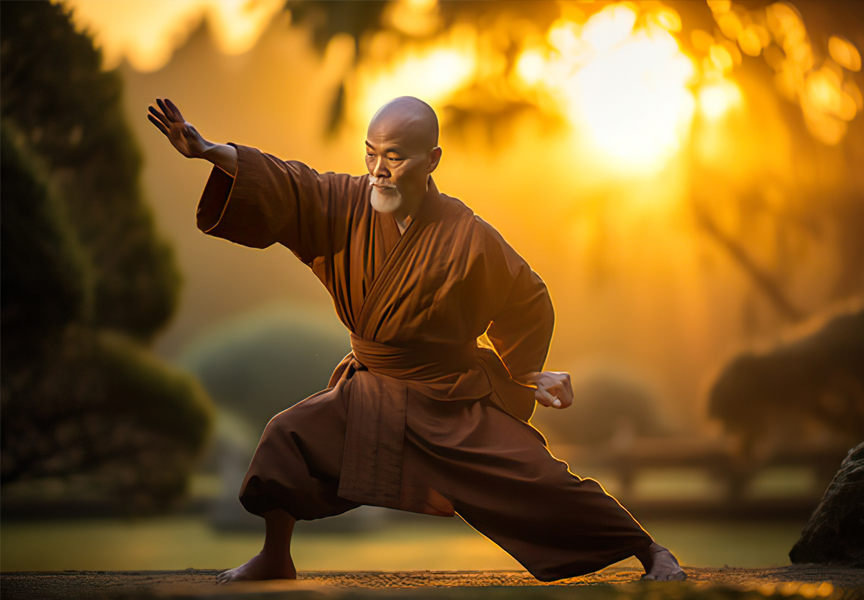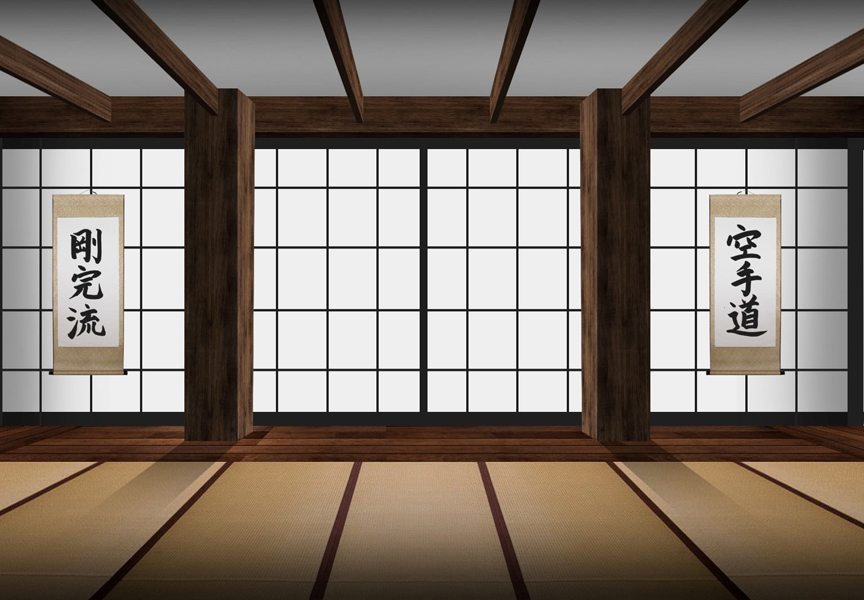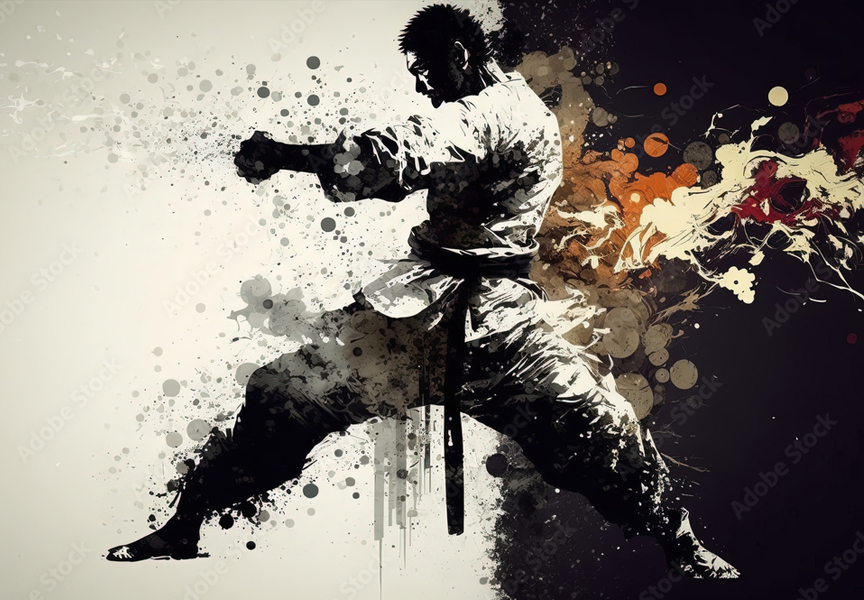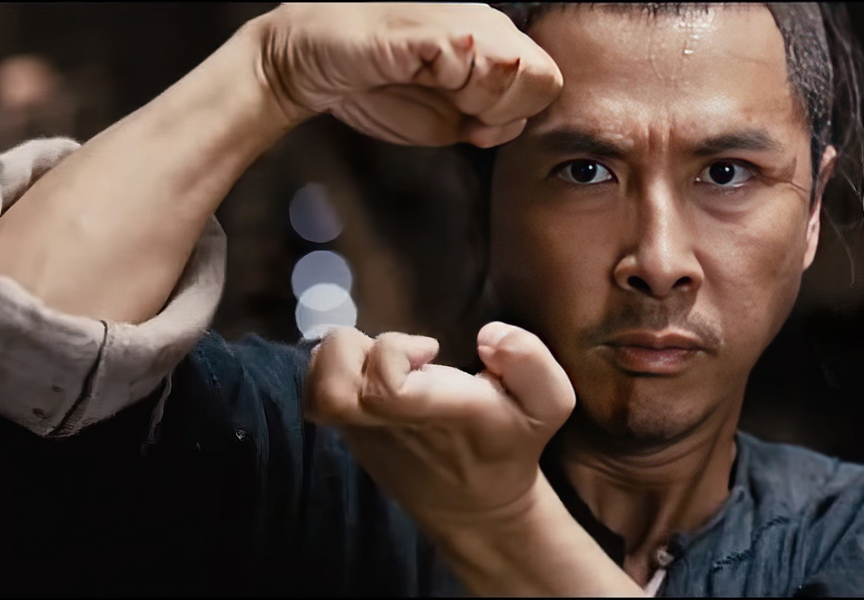Random Free Articles
- The Ethical Imperative in Self-Defense

Prioritizing Efficacy Over Profit In the realm of self-defense instruction, a troubling trend has emerged: the commodification of fear. Many self-proclaimed experts exploit individuals' anxieties about personal safety, offering elaborate courses and expensive equipment. While the demand for self-defense training is understandable, there is an ethical imperative to prioritize practical and effective techniques over profit. Instructors…
- Preserving the Essence of Martial Arts

Beyond Victories and Podiums In a world where competitive sports dominate headlines and social media feeds, the true essence of traditional martial arts often gets lost in the clamor for victories and podium finishes. While there's no denying the physical prowess and discipline required in competitive martial arts, it's crucial to understand that traditional martial arts go beyond the pursuit of trophies and medals. Attempting to…
- Overcoming the First Hurdle

Walking into a Martial Arts Dojo for the First Time Embarking on the journey of learning martial arts can be a daunting prospect for many. The mystique surrounding the dojo and the myriad of preconceived notions can create mental barriers, often discouraging individuals from taking that first step through the front door. This article aims to demystify the most challenging part of starting martial arts – the initial act of walking into the…
- The Manifesto of Martial Arts

Beyond Championships to Internal Improvement In a world driven by competition and the pursuit of championships, it is imperative to revisit the essence of martial arts. This manifesto seeks to redefine the perception of martial arts, emphasizing that they should not be considered merely as a sport. Instead, martial arts are profound disciplines that transcend the quest for championships, focusing on internal improvement and personal growth. I.…
- The Illusion of Self-Defense

I have been involved in martial arts for more than 45 years. Over that time, I have witnessed the evolution of self-defense systems, the rise and fall of countless trends, and the explosion of martial arts schools across the world. Yet, despite the abundance of teachers, courses, and instructional content, one question remains unanswered: If so many self-defense systems exist, why are there still people who have no idea how to fight? This…

